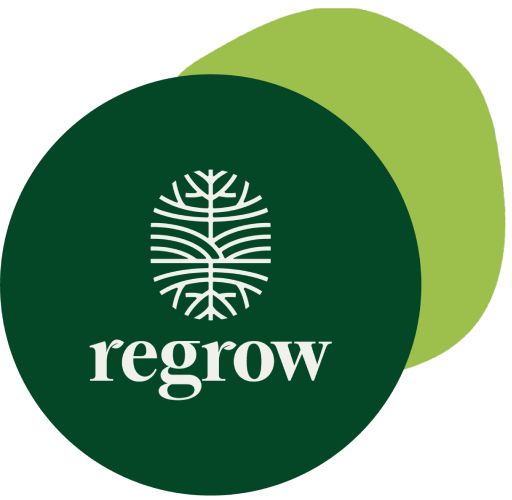Establishing an effective farm management practice takes years if not decades of planning, hard work and consistent measurement. For many producers, the decision to make a change in management — from conventional till to no-till, for example — is a significant one. It requires producers to assess their operations from a holistic standpoint, and to consider the weight of their decision in the context of the farm’s future.
Producers must understand their operations, changing technology and the agriculture industry when making these decisions. What markets are expected to gain traction over the next 10 years? What will the global population demand from producers? What products will become irrelevant, and how will jobs change as technology advances?
We’ve been speaking with Jeff Lakner, a producer and agriculture economist in South Dakota, about his conservation farming practices. We recently asked him about the factors that play into a producer’s management decisions: culture, trade, technology and the agricultural economy.
Before returning to his family farm, Jeff had a robust career in agriculture finance. He’s worked with co-ops, with the Federal Reserve Banks of Minneapolis and Kansas City, and in ag lending. Having grown up on the northern plains, land that’s notoriously difficult to farm, Jeff has a clear understanding of risk assessment, both at home and in terms of the bigger picture.
“As technology improved, we realized that even with the very fragile ecosystem we have here in the northern plains, there are things we can do to take advantage [of it]. We adopted conservation practices. We are very conservation minded, after the terrible ecological disaster in the Dust Bowl years in the 1930s. We took those lessons and said, let’s use the best technology we have available.”
Technology that monitors crop stress, yield and weather patterns all help growers manage their inputs and reduce costs. We discussed this together, in light of Regrow’s mission. Regrow develops software called FluroSense, which allows growers to monitor crop development, identify crop stress and verify practices that improve soil health using a variety of inputs. FMS data, weather patterns, remote sensing and modeling work in tandem to give growers a holistic picture of their operations.
In addition to allowing technology to inform his management practices, Jeff also has a critical eye on the agriculture economy, including global trade. When asked to explain how global trade informs regenerative agriculture practices, he said:
“As we get better tools, better knowledge of the systems and a more integrated, holistic approach to regenerative agriculture, I think you'll see producers start to ask themselves, ‘Which market do I want to produce for? Do I want to look at more nutrient-dense foods that are produced in a manner that the consumer is asking for? Right now, consumers want transparency. Or, on the other hand, do I (as a Midwest corn and bean farmer, let’s say) continue to produce almost exclusively for an export market to China and the Pacific Rim countries? And what if, all of a sudden, China were to find the means to feed their growing population and do it much more sustainably? Then there could be a major shift in terms of what demand looks like for farmers.”
This holistic approach to farm management — looking not only at the on-farm data, but at cultural, economic and trade patterns — can help farmers better predict where to find success. Technology like Regrow’s FluroSense platform can allow growers and agronomists to access crucial information about their fields and crops quickly, so they can spend more time assessing the cultural and trade influences on their management practices.
In the end, it’s all about assessing risks across the board, and finding the risks most worth taking. And, according to Jeff, that assessment isn’t being taken lightly.
“I don't know of any producers in my part of the world that have taken sustainable agriculture or regenerative agriculture lightly. They know that these are opportunities we have, because we have the technology that our ancestors didn't have. There's a compelling argument to be made. It’s just a question of what the triggers are for people to start making incremental change.”
.png)


